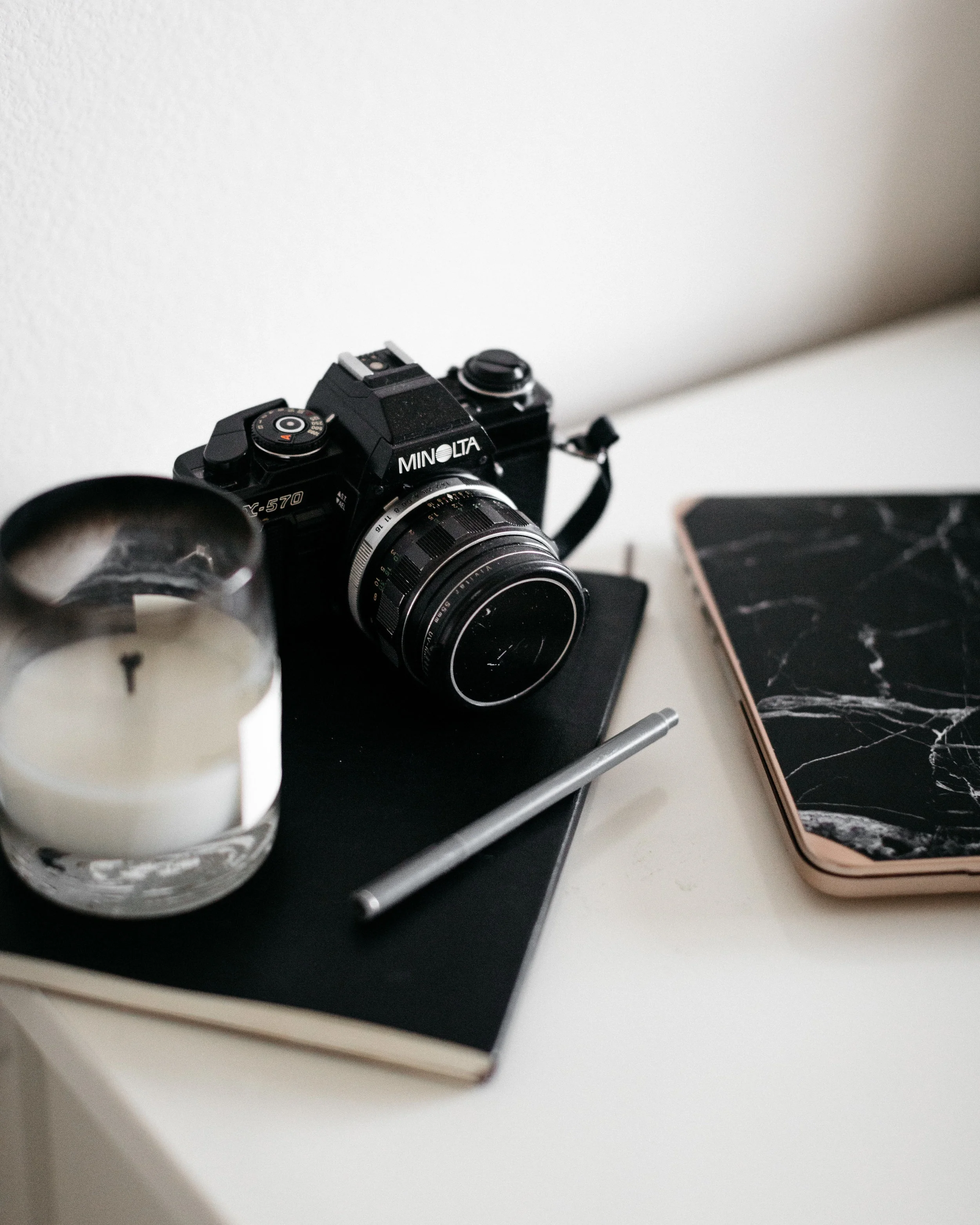We parked the car and before I could say anything, he popped the trunk from the driver’s seat. I ran out to the back of the car to catch any items that could possibly be flying out the back, and I realized I have these unspoken, unwritten rules I live by to get through my day-to-day with as few catastrophes as possible.
Always open the back of the car from the back of the car.
(Avoiding using the world “trunk” because it’s referring to the back of an SUV where things can fall out.) Recently I pulled up to a shoot at a hotel and wanted to move quickly for the valet, so I popped open the back of the car from the driver’s seat, and as I walked around to the back of the car, I saw the lens I had just rented fly out and crash on the ground. In case things shift while you’re drive, always open the back of the car while you’re there so you can catch anything that might want to jump out. This brings us to the second point.
Always use a UV filter.
A UV filter protects lenses from the sun’s harmful rays, but it also acts as another layer of protection from dust, scratches, and flying out the back of cars. I opened the lens case to find the UV filter completely shattered, but the lens was just fine. This is the second time that’s happened to me, and while the sinking feeling takes a while to wear off, it’s a great feeling knowing you just sidestepped shelling out a couple thousand dollars to replace a lens you had up and working just moments before.
Never keep open beverages next to equipment.
Laws of entropy say that loose-capped water bottle will eventually spill all over everything you love. The other day a friend was over and, of course I leave these rules unspoken, so I saw the glass on the coffee table next to both of our computers and said nothing. Two minutes later the glass spills and narrowly misses my external hard drive, and thus prompting this post.
Double check the memory card before erasing everything.
As soon as I know a memory card is ready to be formatted (everything wiped off) and used anew, I put it in the memory card case right side up, indicating that when I put it in my camera I can format it. It’s already been checked over and put back right side up, but before I format it, I go through one more time scanning each photo making sure there’s nothing I need in there. I only do it once and once it’s confirmed I format it. When you’re going through thirteen memory cards looking for a set of photos, it’s a good feeling knowing there’s no way you could have accidentally deleted them. They’re there somewhere. Happy hunting.
Eject before disconnecting.
I don’t know why, but just do what it says. Before you unplug your hard drive or pull out the memory card, press that eject button and wait. We don’t understand how it’s 2019 and we can’t just pull it out, and it’s never caused any problems when we get impatient or it accidentally falls out (hello wobbly USB cords), but we all honor the rule as best we can, just in case.Never hand over your camera unless the strap is around someone’s neck.
Now I just don’t hand over my camera at all because I don’t use a strap anymore, but two or three years ago, no matter who asked me, the strap went around the neck if he or she were deemed fit to take a photo in the first place. It always came with the disclosure, “I do this to everyone, it’s not that I don’t trust you, it’s that I don’t trust anyone to hold my livelihood without some insurance.”
Carry on as often as possible.
I’ve actually never checked my camera bag, and I hope I never have to.
Keep RAW files as long as possible.
This is why external hard drives are invaluable. There will be many occasions where a client comes back asking for some random photo from months or even years ago, and though you may night be contractually obligated to deliver once a project is complete, how nice is it to know you might be able to make his or her wish come true?
Write Contracts for every little thing.
As much as this rule wishes to stay unwritten and unspoken, photographers ultimately learn the value of putting everything in writing and under contract. Starting out, it seems unnecessary, or even cold, but the more situations you run into that would have benefited from some clarity, it makes it easier to offer contracts as a way to give all parties realistic expectations.
Help other photographers who ask the right questions.
I kept this specific to photographers and not business owners in general, because there is a certain camaraderie among people of this trade. As artists we compulsively undervalue our work; as business owners we are entrepreneurial; as creators our work is sought after; and as humans we compare ourselves constantly.
We can all relate to each others’ stories and problems, and when someone reaches out with a genuine, specific question, we can’t help but answer. We don’t mentor for free, and we don’t hand over client lists. We don’t give up every answer we learned the hard way, but we understand, and we help each other grow and become better.Photographers are one of the most varied group of people because even the medium “photography” refers to dozens of different skillsets, tools, techniques, and end products. But we’re typically pretty good at seeing the similarities in what is shared and are usually happy to speak to that to help a fellow photographer.

